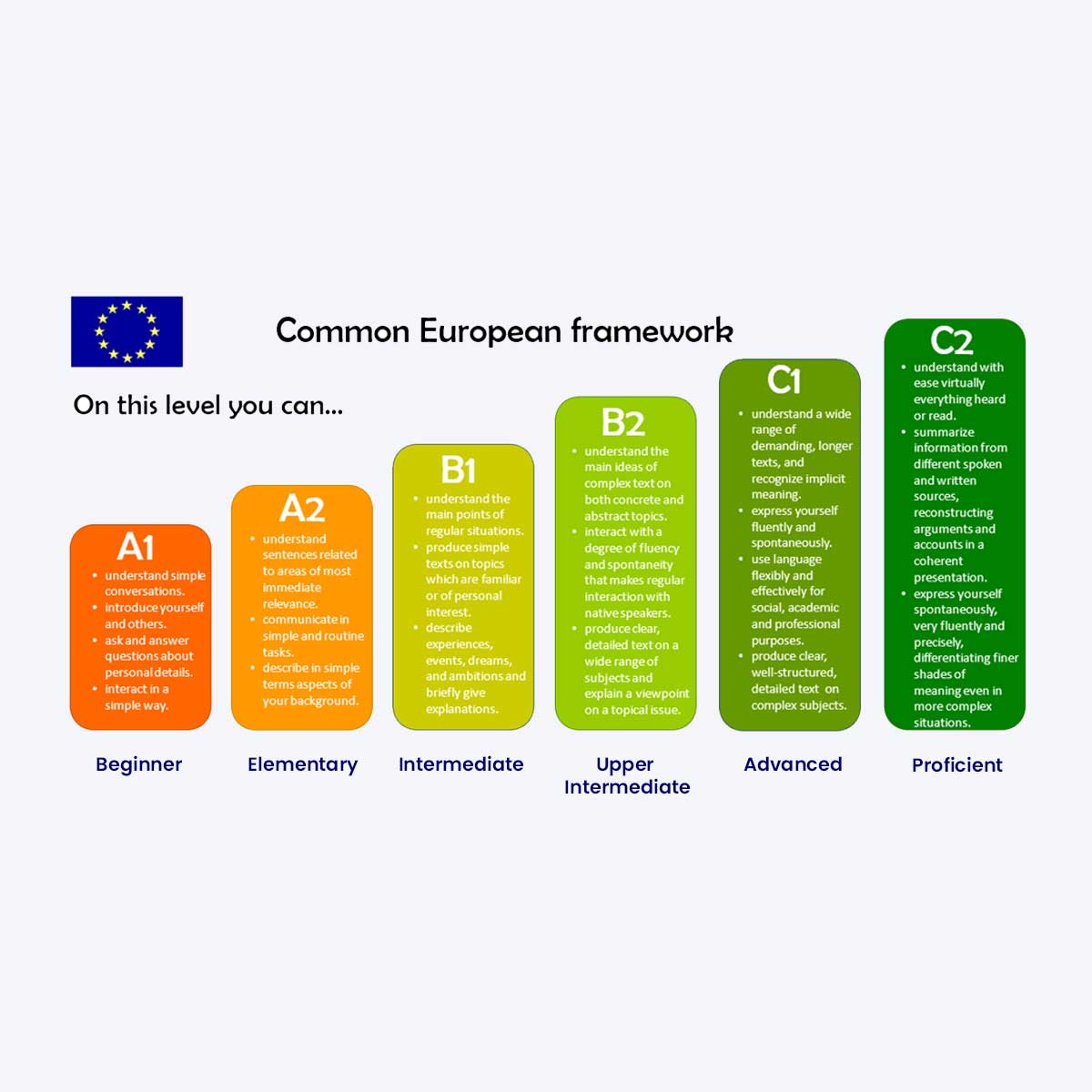What’s Your English Level? Take the First Step!
The right Course, at the right level
Every course we offer is carefully tailored to suit a specific language level—so you’ll always be learning at the pace that’s right for you.
Not sure where you stand? Take our free language test today or book a no-obligation consultation with one of our friendly language experts.
Whether you’re a complete beginner or looking to refine your advanced skills, we’ll help you reach your goals faster—with confidence and support every step of the way.
Discover your level with the ELAO Smart Assessment
As part of our training package, the ELAO Smart Assessment is an adaptive online English language test designed to accurately evaluate your proficiency based on the Common European Framework of Reference for Languages (CEFR). It assesses key skills including grammar, vocabulary, and listening comprehension, adjusting question difficulty to match your ability level. The test takes about 30 minutes on a computer or tablet and provides instant results to pinpoint your level and place you in the perfect course.
What Are the CEFR Levels?
The Common European Framework of Reference for Languages (CEFR) consists of six levels: A1, A2, B1, B2, C1, and C2. These levels are widely recognized across Europe and beyond as the standard for assessing language proficiency in approximately 40 different languages.
Each level outlines specific competencies in the four core language skills: reading, listening, speaking, and writing. These descriptions indicate what learners are expected to be able to do at each stage of their language development.

